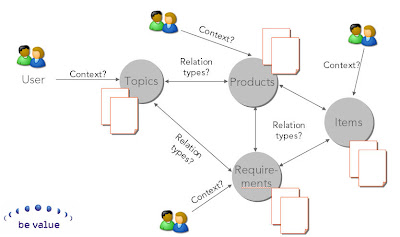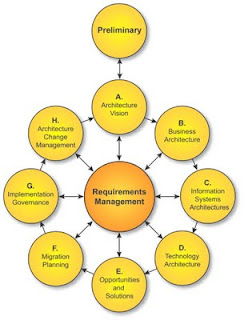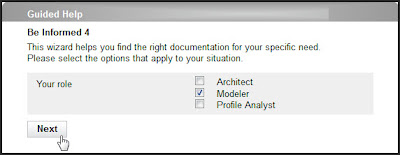About knowledge modelling: Why do we need it?
In my article in ISTC's Communicator (Autumn 2007) I explained that developing more effective information products asks for a knowledge-driven approach to communication.
This knowledge-driven approach requires first of all that we offer the knowledge needed in a usable and understandable way, in line with the user’s knowledge and level of experience.
The second requirement is that we should offer our users the right knowledge - from the enormous amount of available knowledge – at the right time. New semantic technology provides us with the opportunity to support our users in interpreting information within their context. The most important characteristics of these solutions are:
Incorporating these characteristics in our information products, requires us to create models of the information and its context. Working with these knowledge models adds an extra dimension to our technical writing.

This knowledge-driven approach requires first of all that we offer the knowledge needed in a usable and understandable way, in line with the user’s knowledge and level of experience.
The second requirement is that we should offer our users the right knowledge - from the enormous amount of available knowledge – at the right time. New semantic technology provides us with the opportunity to support our users in interpreting information within their context. The most important characteristics of these solutions are:
- non-hierarchical navigation: presents a mind map of the information, with different types of links making it possible to browse quickly through related topics and offering different points of view to different types of users
- decision trees: help users to make complex decisions by asking them simple questions that can be answered with yes or no
- wizards: help users to answer a complex question by asking them simple questions and guiding them to the answer that suits their personal situation and context
- facetted search: narrow down search results by providing contextual aspects that filter the results of search actions
Incorporating these characteristics in our information products, requires us to create models of the information and its context. Working with these knowledge models adds an extra dimension to our technical writing.

Creating better information products is all about thinking in scenarios. Knowledge modelling is a good way to record and visualize these scenarios. In my next posts I will visualize the process of creating knowledge models.
Please feel free to post any questions you have about this topic. This is an interactive weblog, so don't hesitate to make use of it.
Additional sources of information about knowledge modelling:
- http://www.csd.abdn.ac.uk/~apreece/ebiweb/papers/serrano.doc
- http://www.epistemics.co.uk/Notes/90-0-0.htm
- http://www.tlainc.com/articl67.htm


Comments